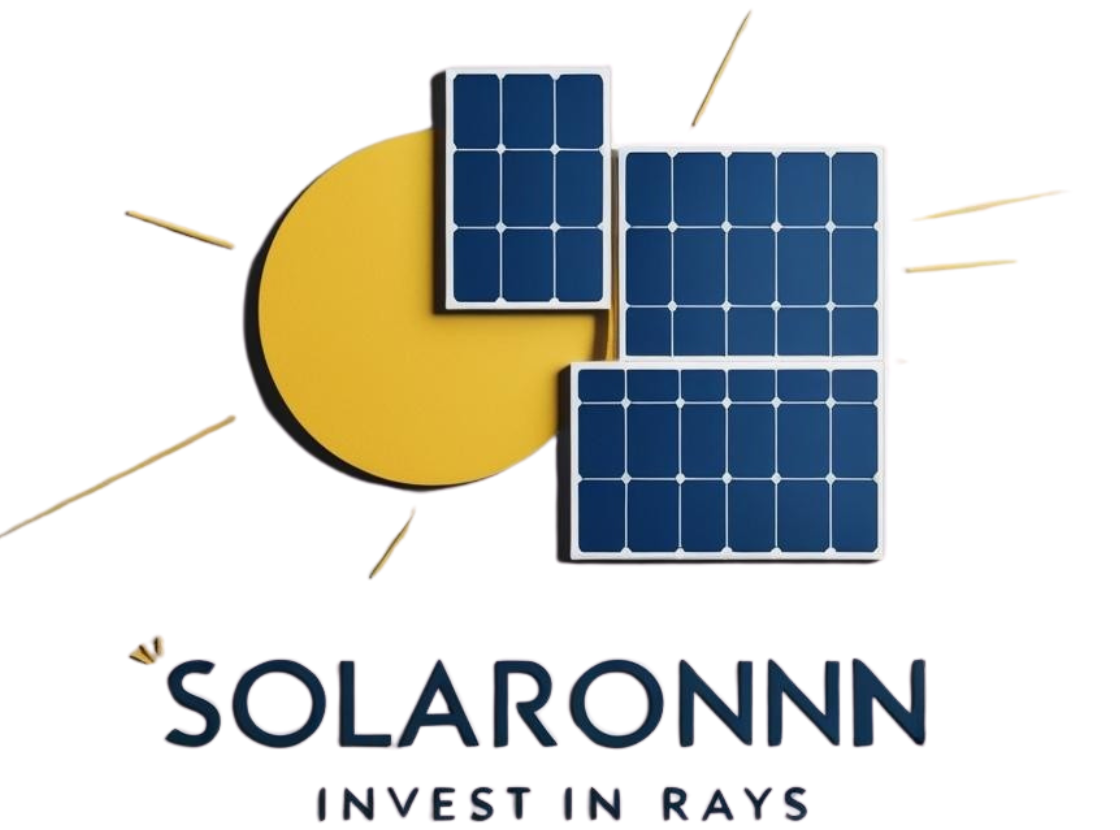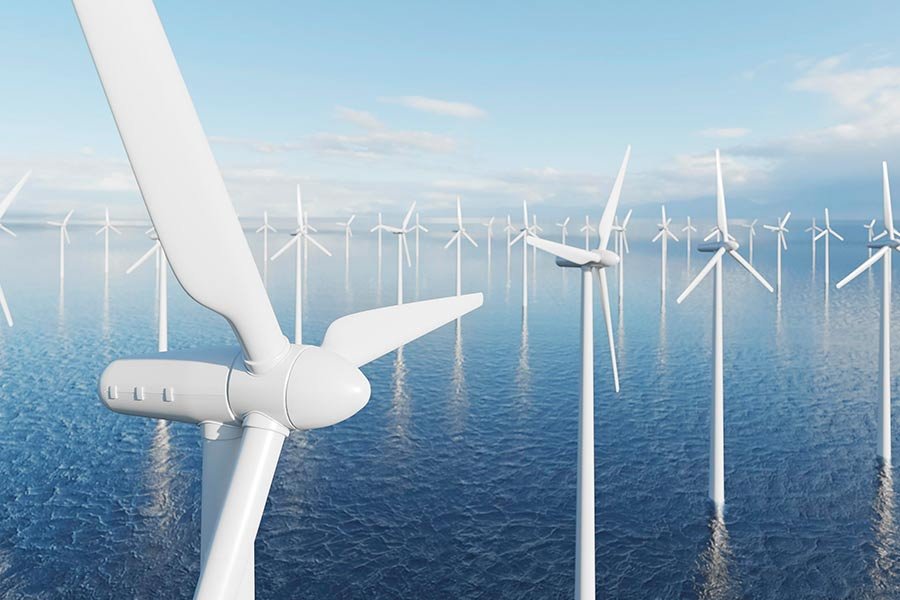As the world grapples with the effects of climate change and environmental degradation, the shift toward renewable energy sources has become crucial. Among these, solar energy stands out as one of the most sustainable and environmentally friendly options available. By harnessing the power of the sun, solar energy offers numerous benefits that contribute to a healthier planet. Reducing Greenhouse Gas Emissions One of the most significant advantages of solar energy is its ability to reduce greenhouse gas emissions. Traditional energy sources, such as coal and natural gas, release substantial amounts of carbon dioxide (CO2) and other harmful pollutants into the atmosphere. In contrast, solar energy systems produce electricity without emitting these gases. According to the U.S. Department of Energy, a typical residential solar panel system can offset more than 100 tons of CO2 over its lifetime. By choosing solar energy, homeowners and businesses can play a vital role in reducing their carbon footprint and combating climate change. Decreasing Air Pollution In addition to reducing greenhouse gas emissions, solar energy also helps decrease air pollution. Fossil fuel power plants are significant contributors to air quality issues, releasing pollutants that can lead to respiratory problems and other health issues. Solar panels, on the other hand, generate clean energy without producing harmful emissions. By transitioning to solar power, communities can improve air quality, leading to healthier living conditions for all. Conserving Water Resources Water scarcity is an increasingly pressing issue worldwide, and traditional energy production methods require substantial amounts of water for cooling and processing. In contrast, solar energy systems use minimal water during operation. For instance, photovoltaic (PV) solar panels do not require water to generate electricity, which makes them an ideal solution for arid regions. By choosing solar energy, we can conserve precious water resources, ensuring they are available for drinking and irrigation. Sustainable Land Use While solar farms do require land, they can be designed to coexist with agriculture and wildlife. Many solar installations are built on previously disturbed land, such as brownfields or rooftops, minimizing their impact on natural habitats. Additionally, agrivoltaics—combining agriculture with solar energy production—allow for dual land use, where crops are grown alongside solar panels. This innovative approach maximizes land efficiency and supports local food production while generating clean energy. Economic Benefits and Job Creation The solar energy sector is a rapidly growing industry that creates numerous job opportunities. From manufacturing and installation to maintenance and sales, solar energy jobs are diverse and plentiful. By investing in solar energy, communities can stimulate their local economies and create sustainable jobs that contribute to long-term growth. Partnering with SolarOnnn At SolarOnnn, we are committed to promoting sustainable energy solutions that benefit both our clients and the environment. Our team of experts is dedicated to providing high-quality solar installations tailored to your specific needs. By choosing us, you are not only making a smart financial decision but also contributing to a cleaner, greener future. Conclusion The environmental impact of solar energy is overwhelmingly positive. By reducing greenhouse gas emissions, decreasing air pollution, conserving water resources, and promoting sustainable land use, solar energy stands as a beacon of hope in the fight against climate change. As we move toward a more sustainable future, consider the benefits of solar energy for your home or business. Join us at SolarOnnn in making a difference—together, we can create a cleaner, healthier planet for generations to come.
Solar Energy Financing Options: Making Solar Affordable
As the world increasingly turns to renewable energy sources, solar energy has emerged as one of the most viable and sustainable options for both homeowners and businesses. However, the initial investment for solar panel systems can be a significant barrier for many. Fortunately, there are various financing options available that can make solar energy more affordable and accessible than ever before. In this blog, we will explore these options and how they can help you transition to solar power seamlessly. Understanding Solar Financing Solar financing refers to the various methods available to fund the purchase and installation of solar energy systems. These options can help spread the cost over time, making it easier for individuals and businesses to invest in solar technology without a hefty upfront payment. 1. Solar Loans One of the most popular financing options is a solar loan. These loans allow homeowners to borrow money specifically for the purchase and installation of solar panels. Solar loans typically come with competitive interest rates and flexible repayment terms, ranging from a few years to several decades. This option enables you to own your solar system outright, allowing you to benefit from energy savings and potential tax credits. Benefits of Solar Loans: Ownership: You own the solar system and can take advantage of tax incentives. Flexible Terms: Choose a loan term that fits your budget and financial situation. Lower Monthly Payments: Monthly payments can often be lower than your current electricity bills. 2. Power Purchase Agreements (PPAs) A Power Purchase Agreement (PPA) is a financing option where a third-party company installs and maintains the solar system on your property. In return, you agree to purchase the electricity generated by the system at a predetermined rate, usually lower than your local utility rate. This option requires no upfront costs, making it an attractive choice for those who want to enjoy solar energy without the initial investment. Benefits of PPAs: No Upfront Costs: You can start saving on energy bills immediately without any initial investment Maintenance Included: The third-party provider handles all maintenance and repairs. Predictable Energy Costs: Lock in a fixed rate for electricity, protecting yourself from rising utility prices 3. Solar Leases Similar to PPAs, solar leases allow you to rent a solar energy system installed on your property. You pay a fixed monthly fee for using the system, which typically lasts for 15 to 20 years. At the end of the lease term, you may have the option to purchase the system at a reduced rate or renew the lease. Benefits of Solar Leases: No Upfront Costs: Like PPAs, leases require no initial investment. Fixed Monthly Payments: Enjoy predictable energy costs over the lease term. Potential for Savings: Depending on the terms, you may save on your electricity bills compared to traditional utility rates.
Choosing the Right Solar Panel System for Your Home or Business
As the world moves towards sustainable energy solutions, solar power has emerged as a leading choice for homeowners and businesses alike. With numerous options available, selecting the right solar panel system can seem overwhelming. However, understanding your needs and the various components of solar technology can help simplify the decision-making process. Assessing Your Energy Needs The first step in choosing a solar panel system is to evaluate your energy consumption. Review your electricity bills from the past year to determine your average monthly usage. This information will help you understand how much energy you need to generate with your solar panels. If you’re considering solar for a business, consider factors such as operational hours and the number of employees, as these will affect your energy needs. Types of Solar Panels There are primarily three types of solar panels available on the market: Monocrystalline Panels: Known for their high efficiency and sleek appearance, monocrystalline panels are made from single-crystal silicon. They tend to perform better in low-light conditions and have a longer lifespan, making them a popular choice for residential and commercial installations. Polycrystalline Panels: These panels are made from multiple silicon crystals and are generally less expensive than monocrystalline panels. While they are slightly less efficient, they still provide a reliable option for solar energy generation. Thin-Film Panels: Thin-film technology is lightweight and flexible, making it suitable for unique installations. However, these panels have the lowest efficiency rates and may require more space to generate the same amount of power as crystalline panels. Understanding System Components A solar panel system consists of several key components: Inverter: This device converts the direct current (DC) generated by the solar panels into alternating current (AC), which is used by most home appliances. There are string inverters, microinverters, and power optimizers, each with its advantages. Mounting System: Depending on your roof type and orientation, you may need a specific mounting system to ensure optimal panel placement. Ground-mounted systems are also an option for those with ample land. Battery Storage: If you want to store excess energy for use during cloudy days or nighttime, consider adding a battery storage system. This can enhance your energy independence and provide backup power during outages. Evaluating Installation Options When selecting a solar service provider, consider their experience, reputation, and certifications. A reputable company will offer a comprehensive consultation to assess your energy needs and provide tailored solutions. At SolarOnnn, we pride ourselves on delivering high-quality solar installations and exceptional customer service. Financial Considerations Investing in a solar panel system can be a significant financial commitment. However, various incentives can help offset the initial costs. Research local and federal tax credits, rebates, and financing options. Many states offer programs that can significantly reduce the cost of installation, making solar energy more accessible. Conclusion Choosing the right solar panel system for your home or business involves careful consideration of your energy needs, the types of panels available, and the components of the system. By partnering with a trusted solar service provider like SolarOnnn, you can ensure that your transition to solar energy is smooth and beneficial. Embrace the power of the sun and take a step towards a sustainable future today!



